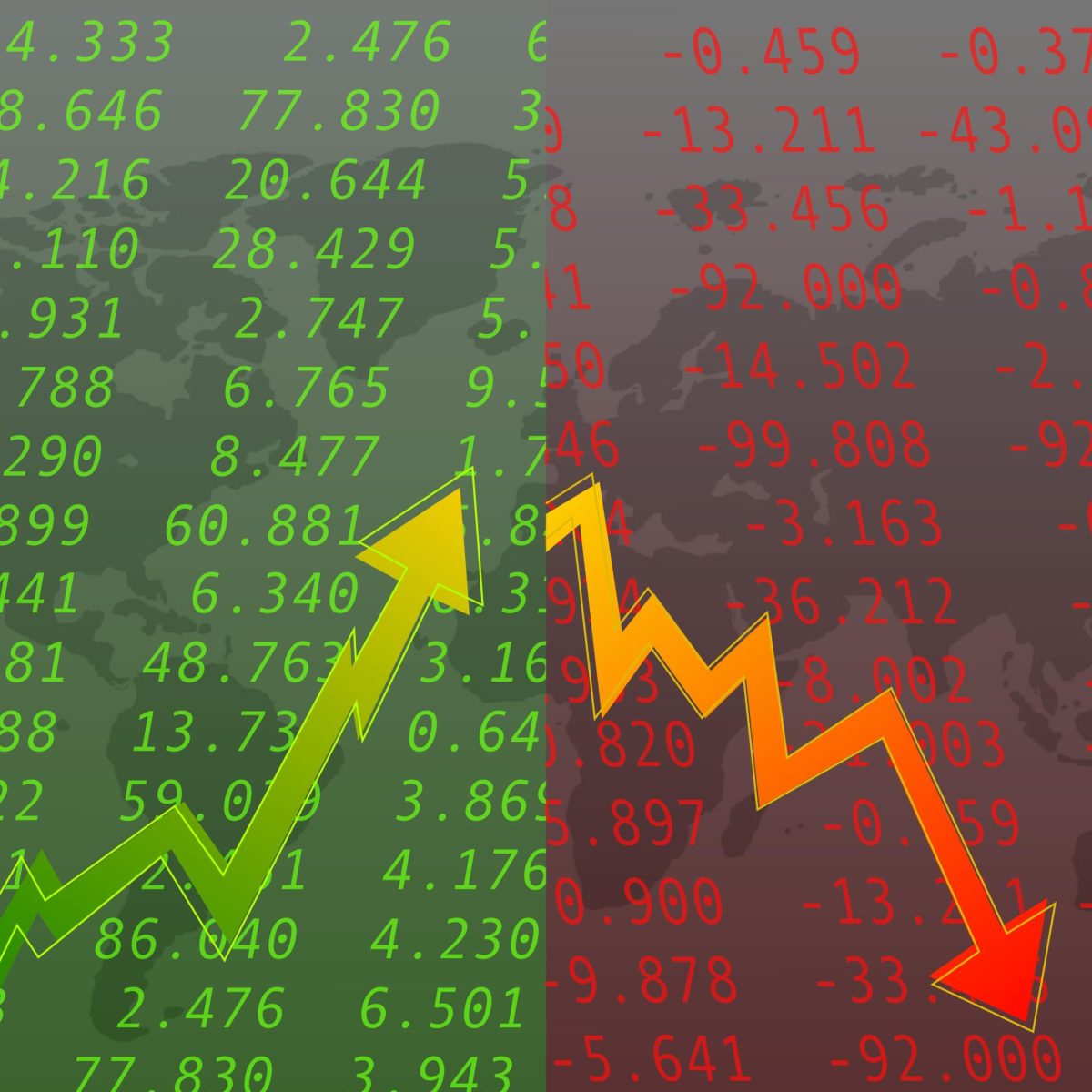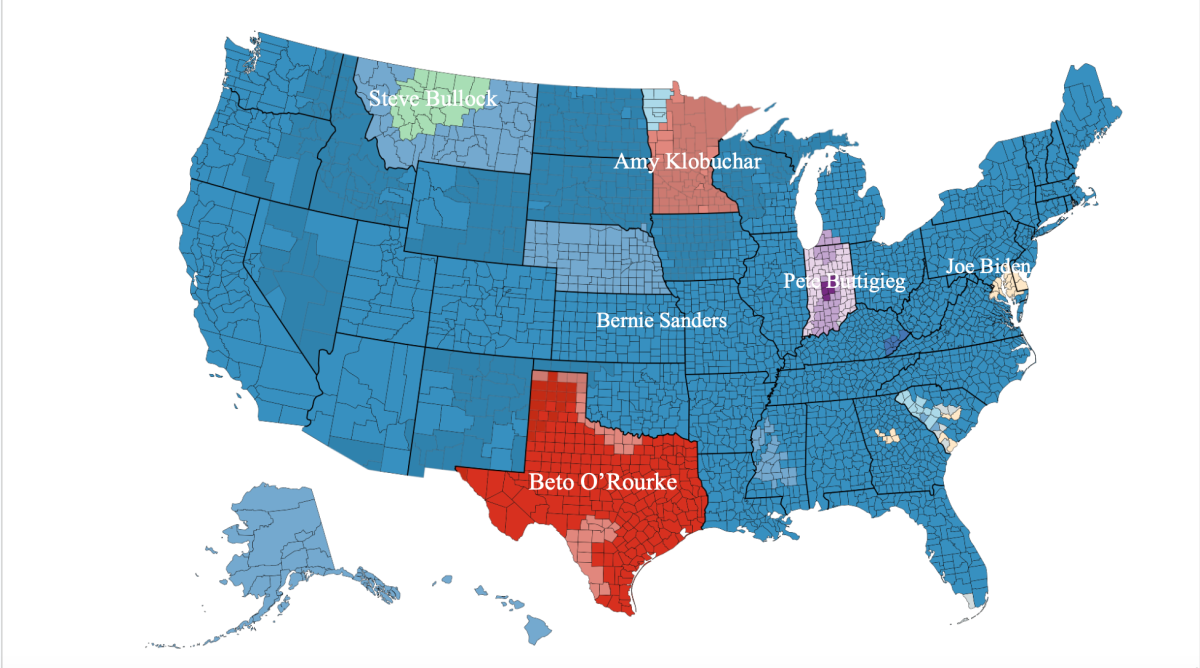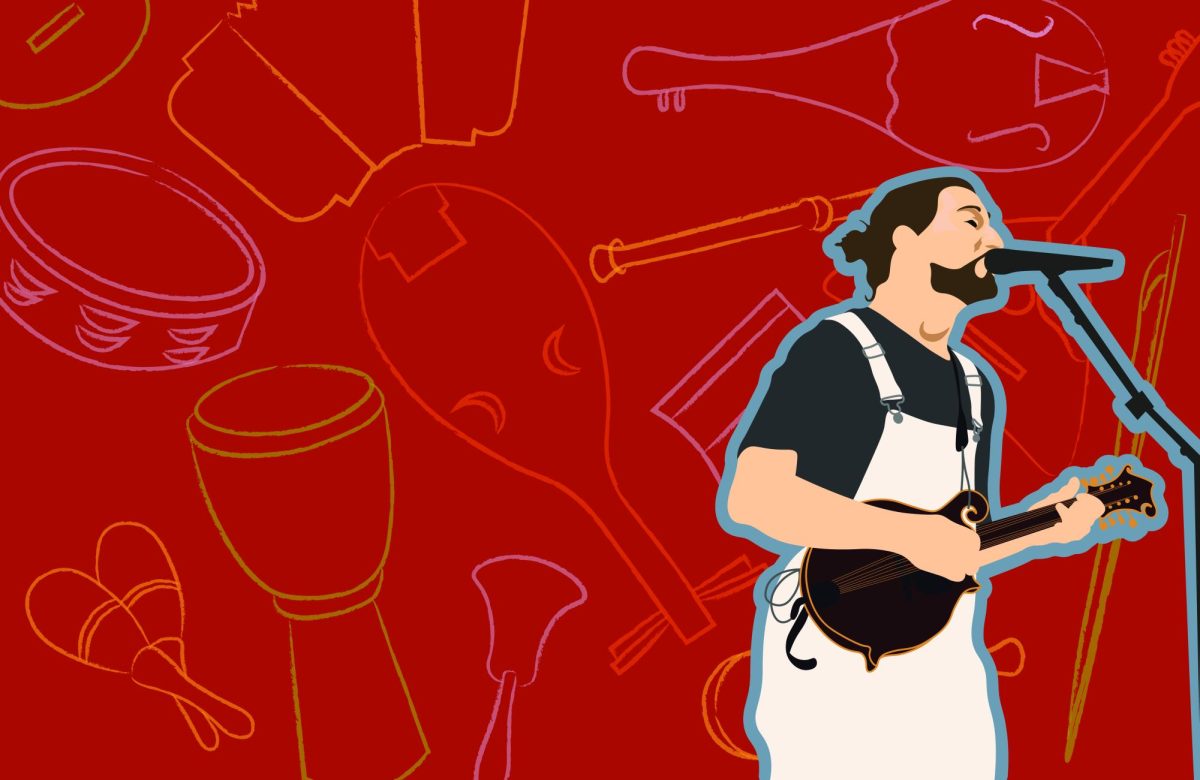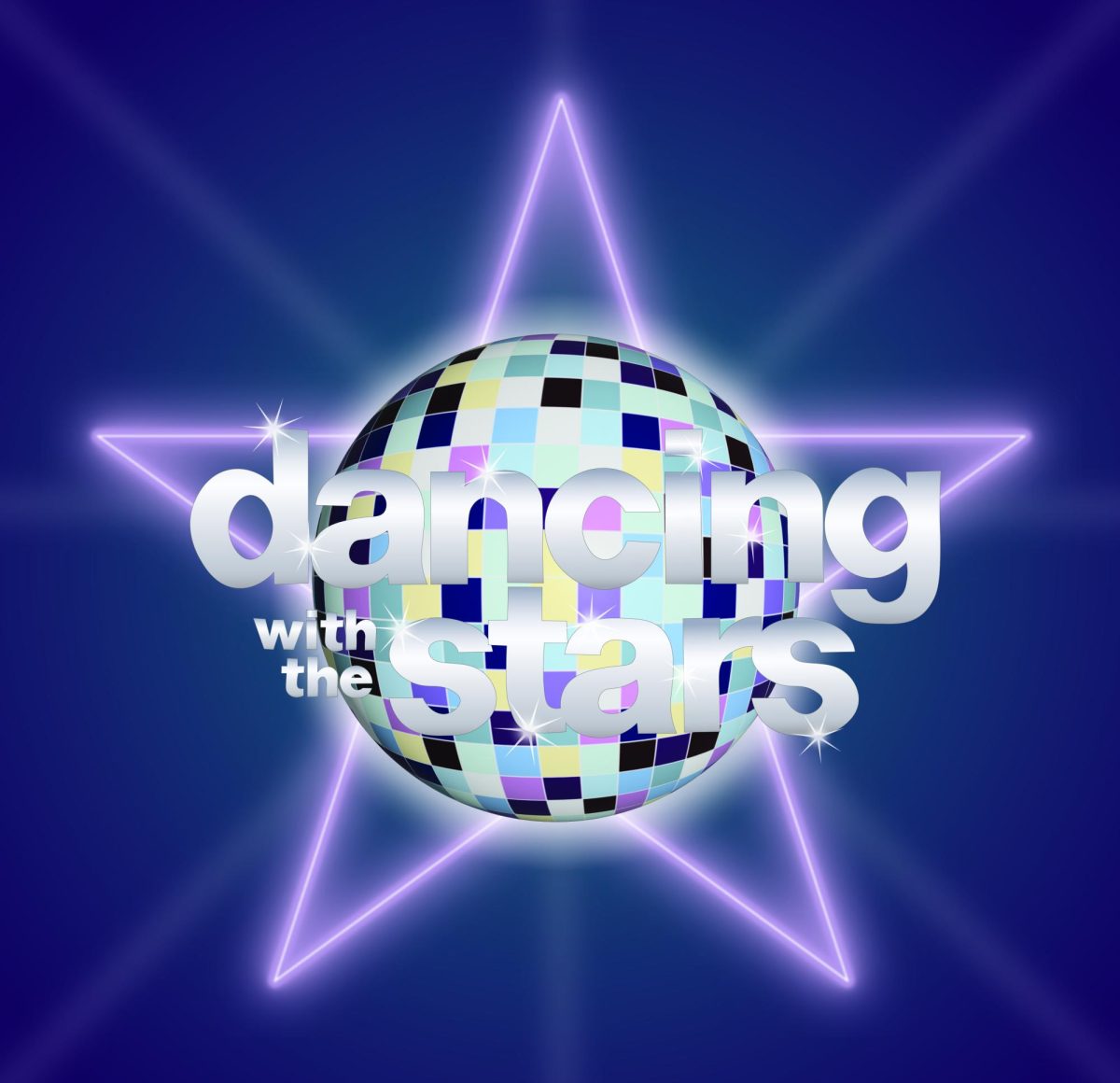Contrary to popular belief, the U.S. is not in a recession.
The majority of U.S. residents believe that the U.S. is currently in a recession and has been for over a year. In reality, the last recession was in 2020 and only lasted two months. While it was brief, it was deep, and the effects of it can still be felt today.
Compared to the Great Recession, recovery in 2020 was almost immediate. Given the nature of the full shutdown, the effects of the 2020 recession were more severe, but thanks to the effective monetary and fiscal policies put in place, they didn’t have the same long lasting effects that the housing crisis did.
The most noticeable effect of the recession in people’s lives, especially for college students, is the lingering high prices from the steep inflation during and after the pandemic. As a result of the aftermath of the pandemic and the Russian invasion of Ukraine, inflation peaked at 9.1% in June 2022.
It has gone down significantly since then, and the current inflation rate is 2.4%, back to levels last seen in February 2021. The Federal Reserve aims to keep the inflation rate around 2%, so we’re finally back on the right track.
While we haven’t been in a recession, the U.S. did face an inflation crisis from 2021 to 2022. Relative to many other countries, America came out of the situation with a lot of stability. Turkey reached an inflation rate of 54.8% in the first quarter of 2022 and many other states reached a similar crisis point.
Although inflation rates are back down, consumers are still very much feeling the effects of the crisis. According to the Bureau of Labor Statistics, prices are 21.4% more expensive today than they were in February 2020.
That’s undoubtedly a huge difference, and one consumers have felt the impact of, but wages have been increasing fairly in proportion with inflation as well. Although wages couldn’t keep up with the pace of inflation during 2021 and 2022, they have actually increased by 26.3% — more than the increase in the consumer price index.
Employment rates are going strong as well, and 1.8 million jobs have been added to the market during the first nine months of 2024.
So, while we may be cringing at the $7 Starbucks lattes of 2024 and reminiscing on the coffee prices of old, the U.S. economy is by no means in a bad place.
Regardless, there are conflicting ideas about the future stability of the economy. We’re seeing modest, steady growth at this point, and ideally we’ll be able to stay on that path.
In September, the Fed slashed interest rates for the first time since 2020 by a half point — a bigger cut than usual. This will lower the interest rates consumers encounter and will ideally relieve some of the financial pressure people have been feeling the last few years. In all likelihood, this will be the first in a series of interest rate cuts.
The probability of another recession in the next 12 months is only 15% at this point, so there’s no need to worry in the immediate future. Times might feel tough right now, and your wallet a bit thin, but we’re on an upward trajectory.
Virginia Doherty is a columnist. Contact her at [email protected].








etorres • Nov 1, 2024 at 12:33 pm
If Kamala win the likelihood of a recession is 100% but the news media will tell the people “Everything is great”.